Is the Tata Altroz Racer finally the answer to making the Altroz an enthusiast’s hatchback? We sampled it in a variety of interesting scenarios to find that out
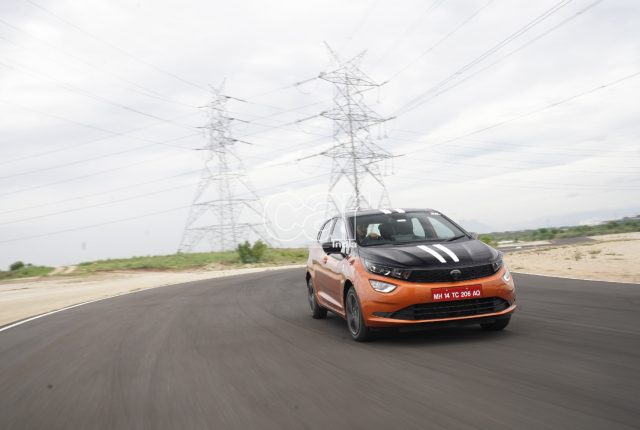
Story: Gaurav Davare
Photography: Sanjay Raikar
There’s no denying that the Tata Altroz premium hatchback was well appreciated not only for being easy on the eye, but on account of its excellent ride and handling capabilities. Nevertheless, many thought that despite the addition of i-Turbo variants in 2021, the lack of a potent petrol engine limited the enthusiast potential it clearly had. Fortunately, these comments did not fall on deaf ears and Tata Motors have come out with the Altroz Racer in an attempt to address these issues.
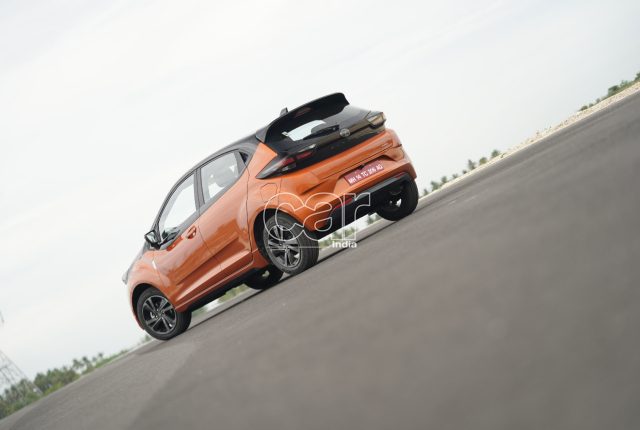
The sporty personality of this car is a lot more than just racy-themed cosmetics, for there are mechanical enhancements too. Are they enough to properly propel the Altroz into enthusiast hatch territory? We flew down to Coimbatore to find the answer to that.
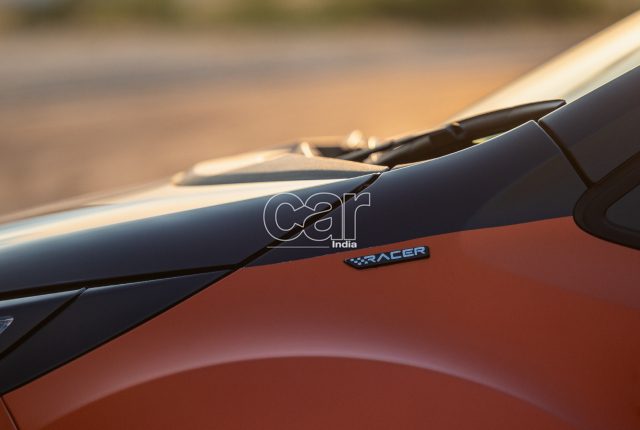
If you add “Racer” to a car’s moniker, it has to look the part too. The Altroz Racer gains a dual-tone theme where the black bonnet and roof blend in nicely with the Atomic Orange shade we had on test. In true race car fashion, there are racing stripes starting from the bonnet and running up to the roof with a chequered flag finish at the end. Other nice touches include a blacked-out finish for the alloy wheels and dedicated “Racer” badging, a chunkier rear spoiler, and pronounced side-skirts. While this does give it a sportier look, I think adding those cool wheels that the concept had at the Bharat Mobility Expo 2024 would’ve rounded things out even better.
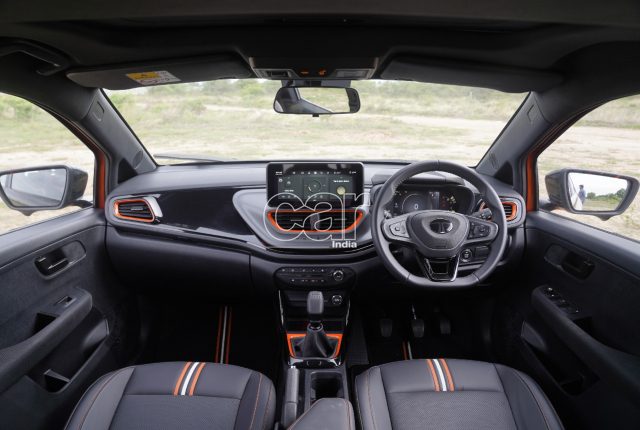
Inside, the all-black cabin gets a nice contrast of orange and white stripes on the seats, orange accents, and ambient lighting. The sporty theme here isn’t the highlight as there are some much-needed feature additions such as the easy-to-use and vibrant 10.25-inch touchscreen infotainment system with wireless Apple CarPlay and Android Auto connectivity, which brings the hatchback up to date with modern Tata models. There’s also a 360-degree camera with an impressive resolution which makes parking and navigating tight spots easier.
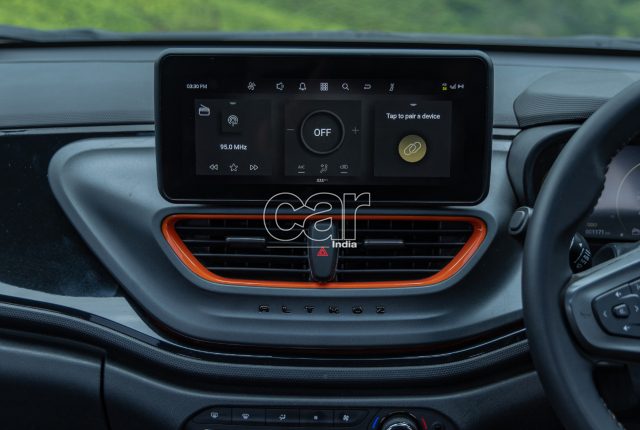
A seven-inch digital driver’s display is much appreciated, replacing the semi-digital unit from its standard counterpart and the digitized unit on the Altroz iCNG. The layout looks much nicer with three themes to choose from. Rounding off these additions, apart from six airbags (being standard in all variants, R1, R2, and R3), are ventilated front seats. Overall, it’s a handy upgrade to the long feature list the standard model already had. Speaking of the standard model, apart from the ventilated front seats, these features have now been introduced via the new XZ+ LUX and XZ+S LUX variants and the top-spec XZ+OS variant being updated.
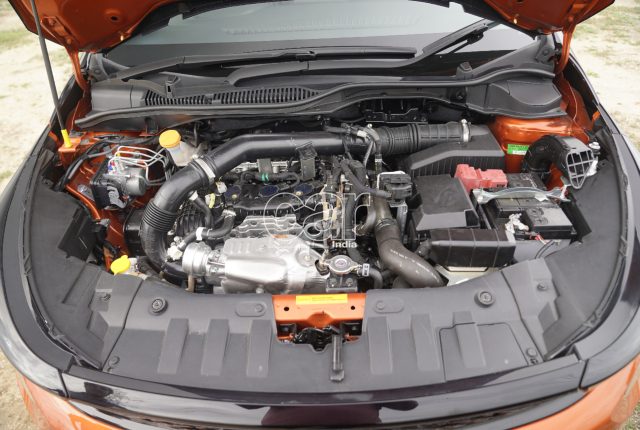
We’re finally at the real racy upgrade which is under the bonnet and replaces the i-Turbo set-up. The Altroz Racer gets the Nexon’s 1.2-litre turbo-petrol engine, making 120 hp and 170 Nm, and also gains the Nexon’s six-speed manual gearbox. A 10-hp and 30-Nm boost doesn’t seem big on paper, so is it enough of an enthusiast treatment? There was no better way to test this out than at India’s newest racetrack, the 3.72-kilometre-long CoASTT High Performance Centre FIA Grade 2 circuit.
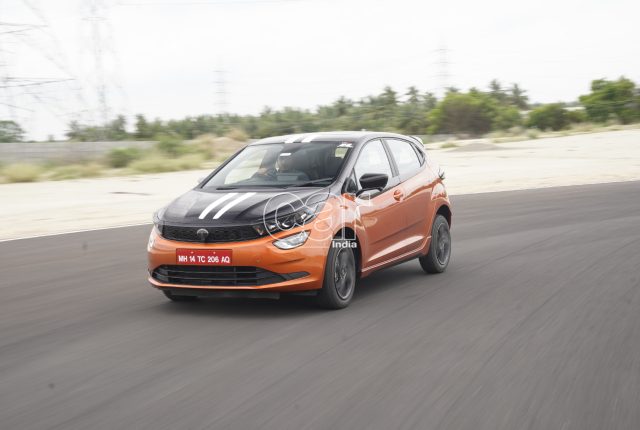
Going by my initial impression, it is definitely an improvement, but the power delivery is linear, so the response doesn’t push you towards your seat. However, post 2,000 rpm, it can pick up speed without breaking a sweat unlike the other Altroz petrol engines. Tata have also added a sportier exhaust which makes for a nice raspy welcome note. But I wish it lasted beyond idle; once you gain momentum, you get Nexon-like noises. Nevertheless, this engine finally makes the Altroz feel normal as you can run it as a reliable city commuter while also having some fun behind its wheel.
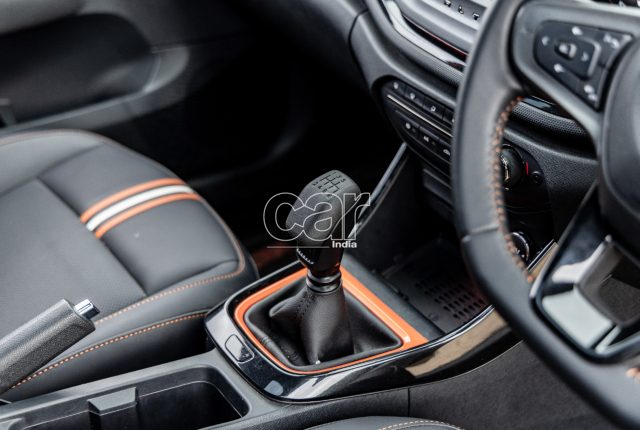
Tata have given a hydraulic clutch set-up to the Altroz Racer’s six-speed manual gearbox. While they claim it has been done to enable faster gear-shifts, the clutch is quite snappy in low gears and finding an ideal bite point is tricky. But in higher gears, the shifts feel much better and quick, even though it’s a little clunky with long throws. In heavy traffic you really need to feather the clutch pedal to avoid sudden jerks. So, this set-up is more ideal for open roads and flowing traffic than in stop-go situations.
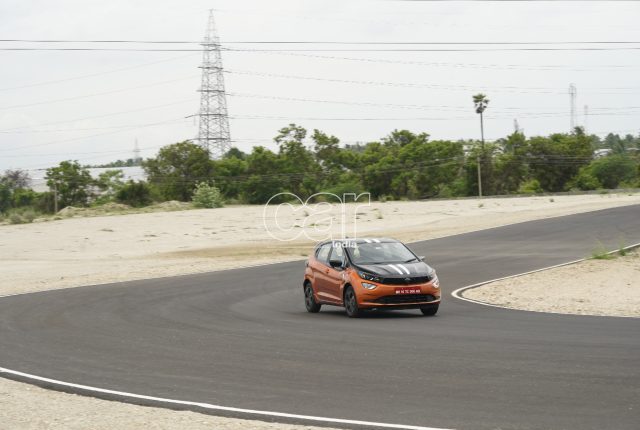
The Altroz already had excellent handling dynamics. Its suspension has been tweaked on the Altroz Racer to make it more engaging. While I didn’t notice a significant difference pushing it on the racetrack, I felt the more potent engine now complements the ride and handling. I could attack any corner with a variety of driving styles and, crucially, remained absolutely planted unless I really overdrove it. Even while forcing an oversteer moment, the car stabilised itself almost immediately. To further prove these points, I rode shotgun with India’s first-ever Formula 1 racer, Narain Karthikeyan, who contributed to the development of this car. The Altroz Racer allowed him to go all out around the racetrack without breaking a sweat.
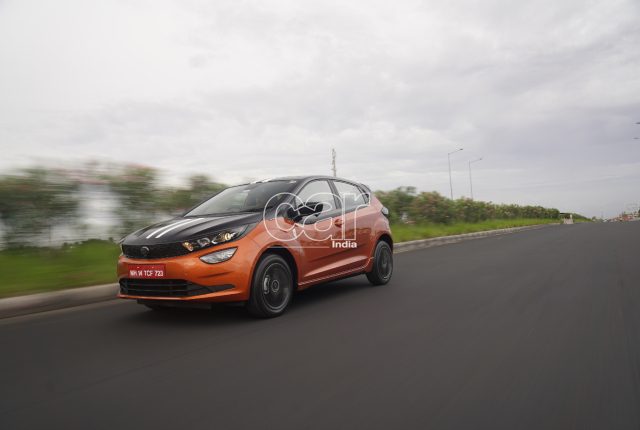
With its price ranging from Rs 9.49 lakh to Rs 10.99 lakh (ex-showroom), the Tata Altroz Racer sits in a warm hatchback segment in India and has a strong case against its lone wolf rival, the Hyundai i20 N Line. It’s equally matched in features as well as on-paper performance. Sure, the Altroz Racer could’ve had a slightly more refined engine and gearbox combination and it doesn’t get an automatic option.
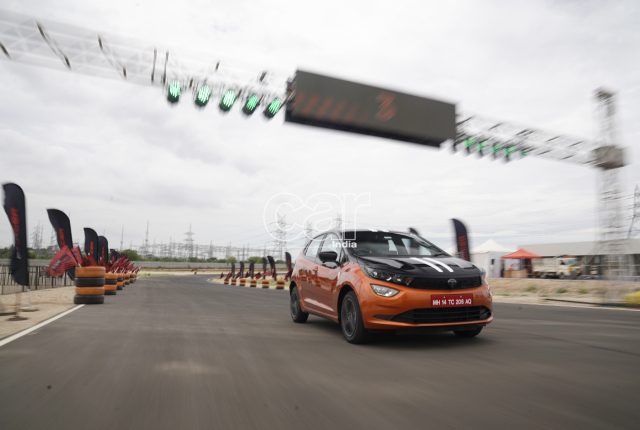
But I think this set-up—which, I feel, should have been on the i-Turbo variants in the first place—finally allows for some fun to complement the already great ride and handling dynamics. More importantly, you get all this at a more affordable price point as the Altroz Racer undercuts the i20 N Line’s manual equivalent variants by Rs 50,000, depending on the variant chosen. Of course, ultimately it may come down to personal preferences, but the Tata Altroz Racer is a decent attempt to give a flavour of sportiness to the hatchback.


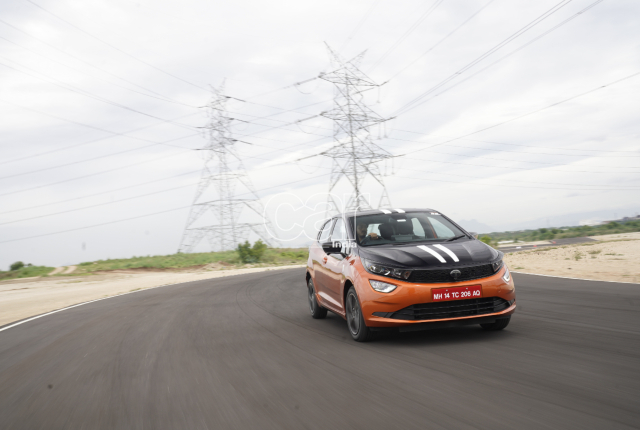


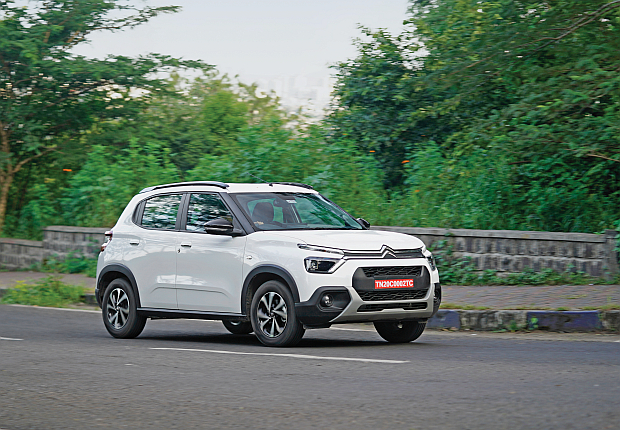


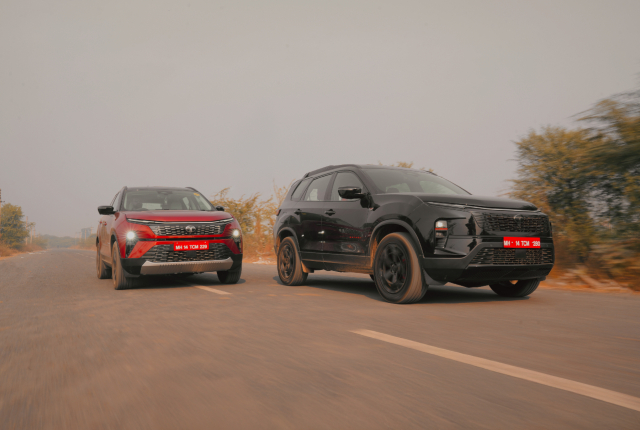
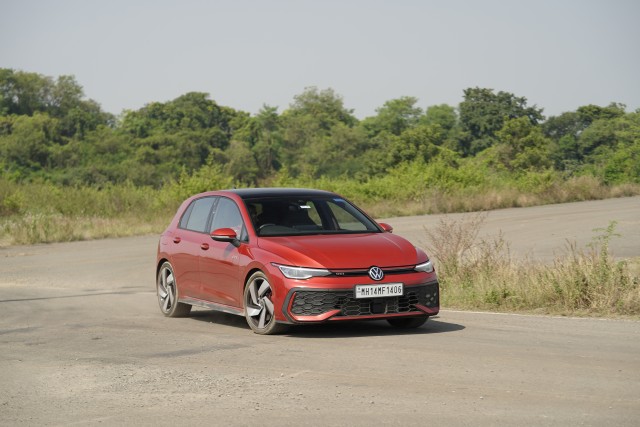










Leave a Reply